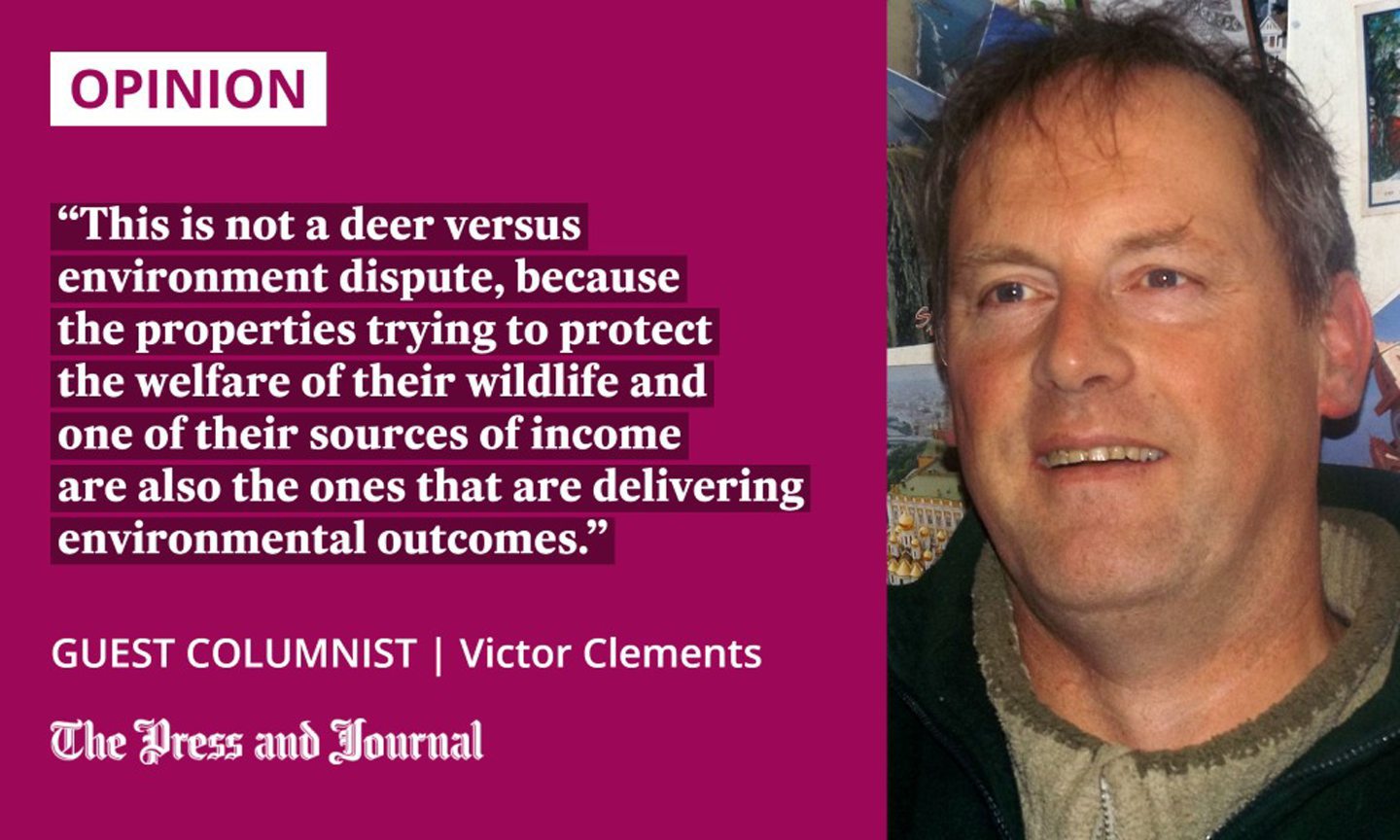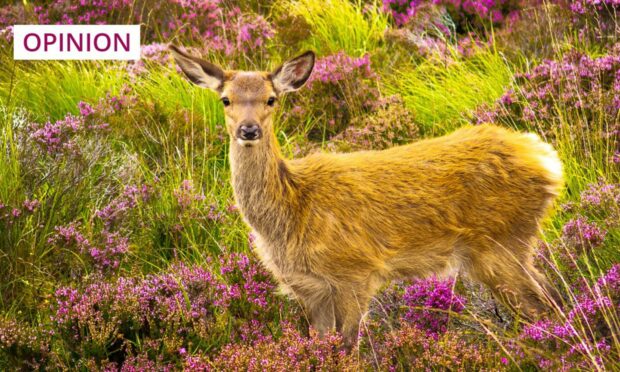NatureScot has dropped the ball when it comes to the Assynt deer dispute, and political intervention is needed, writes Victor Clements.
I am pleased to see Maree Todd MSP taking time to speak to people about the deer dispute in Assynt.
When rational arguments do not work, and the regulator does not apply both legislation and common sense, then political intervention is the final resort. That is their one and only function.
However, for clarity, this is not a deer versus environment dispute, because the properties trying to protect the welfare of their wildlife and one of their sources of income are also the ones that are delivering environmental outcomes in terms of woodland expansion and regeneration.
The John Muir Trust (JMT) is not doing this. It is trying to undermine the efforts of others – efforts that are backed up by legally binding contracts – which the JMT is unwilling to sign.

NatureScot says that it has been trying to resolve the issue. What the body has not said is that, for the last five years, there has been an agreed management plan for the area, supported by NatureScot. The JMT has undermined this, and NatureScot has allowed this to be undermined.
The JMT says that out of season and night shooting authorisations are allocated without opposition throughout the rest of the country. Not true. The authorisations require consultation and evidence to establish that they are actually required.
In some cases, they are refused, as with the JMT in Assynt in 2017, where they were withheld until they made an effort to speak with their neighbours. What seems to have changed now is that NatureScot no longer believes that evidence or communication is necessary.
Deer populations fluctuate and statistics can be manipulated
Also not true is the claim by the JMT that deer populations in Assynt have increased by 40% in a decade. There have been many counts of the area in that time. The populations fluctuate because deer move into and out of the area. If you take the lowest count, and the highest one, then, obviously, one will be a proportion higher than the other, but this is just a typically sleekit and disingenuous use of statistics.
We can evidence trees growing and extending their range, and recorded deer impacts targets have been within the contracted range, newly agreed for another five years to ensure further progress. This is the important detail.
I hope that Ms Todd and her colleagues can look beyond the simple sound-bite arguments being made here. If the Scottish Government is focused on targets for woodland expansion, then it has to support those delivering this, and not those who are undermining that effort.
I advise Ardvar Estate and the Assynt Crofters’ Trust, who successfully manage 95% of the designated woodland area in Assynt, and we will not see our efforts belittled and undermined.
Victor Clements is a native woodland advisor, based in Highland Perthshire


Conversation